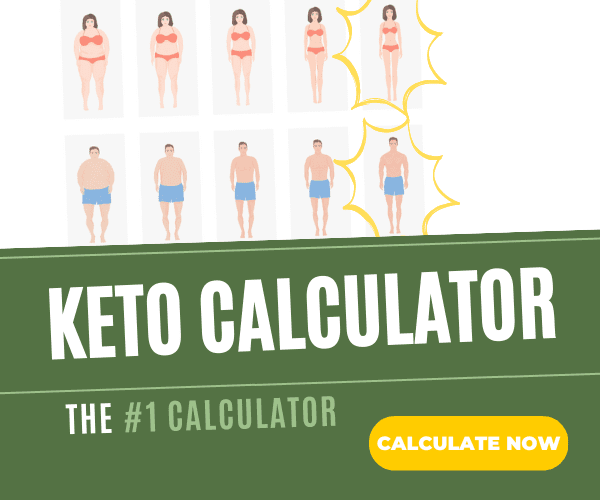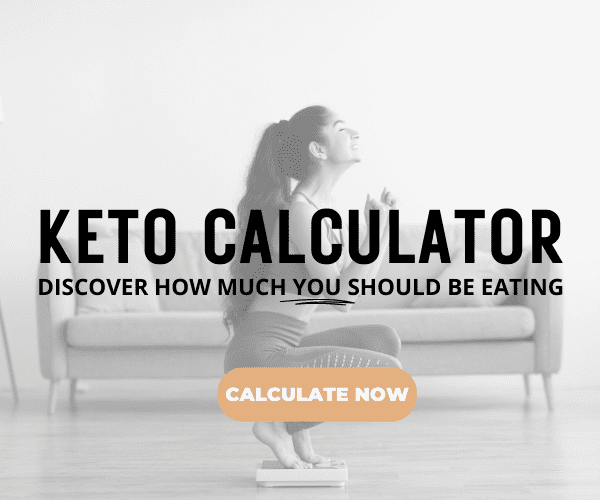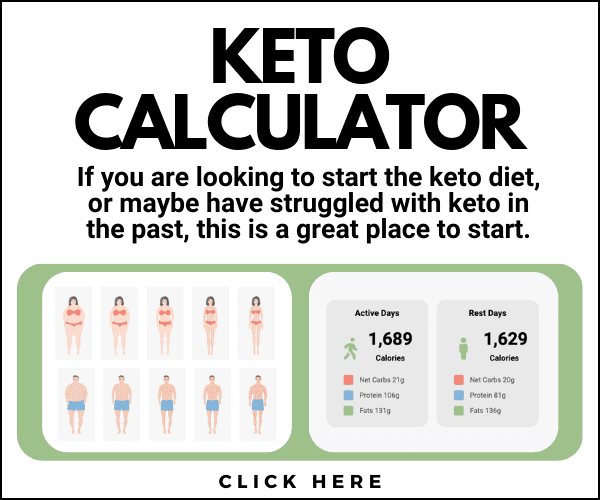What is Whole30 And How Does it Compare to a Keto Diet?

Thirty days or roughly one month can seem like a long time or a short time period, depending on how you look at it. You’ve probably heard about the Whole30 diet in health and fitness circles. Whole30 means sticking to a specific eating plan for 30 days to see how you feel! What exactly is Whole30? How does the Whole30 plan compare to a traditional ketogenic diet?
What Is Whole30?
Whole 30 is a month-long eating program originally developed by two certified sports nutritionists in 2009. The program was designed and promoted as a way to improve your relationship with food and reset your metabolism.
The focus is on abstaining from certain food groups that might negatively affect your health and fitness goals or cause inflammation, hormone imbalance, gut disruptions, and other problems.
- Eggs
- Meat (poultry, lamb, duck)
- Seafood (fish, shellfish)
- Natural fats (coconut oil)
- Vegetables and fruits
- Potatoes and other root vegetables
- Herbs and spices
- Seasonings

To clarify, you’re also allowed:
- Vinegar and botanical extracts (excluding gluten-containing malt-based vinegars or extracts)
- Fruit juice (in small amounts in some products or recipes as a natural sweetener)
- Coconut Aminos (acceptable even if you see the words ‘coconut nectar or syrup’ on the ingredients list)
- Dates as a natural sweetener
- Some legumes (green beans and most peas, such as snow peas, green peas, split peas, and sugar snap)
- Clarified butter or ghee (the only allowed source of dairy)
- Salt (most iodized table salt contains sugar in the form of dextrose, so this can be an exception to the ‘no added sugar’ rule)
Snacks
For Whole30 snacks, go for plantain chips with guacamole, boiled eggs, prosciutto, and melon, or apple with hazelnut butter.
What Can’t I Eat for 30 Days?
Added sugar
This includes artificial and real sugars, such as maple syrup, honey, coconut sugar, and keto-friendly sweeteners like monk fruit and stevia! If there’s added sugar on the ingredients list, you can’t eat it! The only exception is a small amount of fruit juice.

Alcohol and tobacco
No alcohol consumption is allowed on Whole30, including for cooking. Eliminating both drinking and smoking for at least 30 days can assist with breaking the habit, once and for all. Taking the approach of a short-term goal such as 30 days can assist with long-term success.

Grains
The category of grains includes all grains (wheat, rye, barley, oats, corn, millet, sorghum, etc.) This also includes gluten-free pseudo-cereals like amaranth, buckwheat, and quinoa. Be mindful of all ways grains are added to foods in the form of starch, germ, bran, and more.

Most Legumes
This list includes most beans or legumes, such as black, red, pinto, garbanzo/chickpeas, kidney, lima, lentils, peanuts, and all forms of soy. Remember, soy comes in many different forms, such as tofu, tempeh, edamame, soy milk, soy lecithin, soy protein, soy sauce, and miso.

Dairy
Including goat, cow, or sheep’s milk products like cheese, cream, milk, kefir, yogurt, sour cream, or ice cream. Remember, clarified butter or ghee are the only allowed dairy sources as the milk solids are separated and removed.
Carrageenan, Sulfites, or MSG
If you see these ingredients on the label, avoid it on Whole30!

Recreating or Purchasing Other Baked Goods
The Whole30 program encourages you to make healthy habits, food choices, and coping strategies rather than focusing on your need for sweet treats and baked goods. Even if the ingredients are Whole30 compliant, the idea is to obtain emotional control and long-term results that won’t come from baking treats!

Scale Stepping or Body Measuring!
Whole30 is about more than weight loss. Obsessing over body composition can lead to overlooking the other benefits the program can provide. You can take measurements, photos, or your weight on day one or 31 to track progress, but for 30 days, you can’t analyze or measure your body or step on that scale!
Because the creators designed it as a metabolic reset and elimination-style diet, if you have just one bite of a forbidden food, you have to start the Whole30 program over again from day one.
If you decide to try step two of the program, you slowly reintroduce foods to evaluate how you feel with regard to digestion, immune system, metabolism, and your relationship with food. The general idea is to reintroduce off-limit foods one group at a time, such as introducing milk on day one, returning to the Whole30 diet and avoiding milk on days two through four, and monitoring your symptoms. If all is well, you can reintroduce a different food group on day five and repeat the process. This is a good way to identify foods that might cause problems for you, like bloating or achy joints.
Once you’ve tested food groups you’d like to try, you can add those that are well-tolerated back into your diet.
Why Do People Follow the Whole30 Program?
People often try Whole30 for many of the same reasons they try keto, for example, to improve general health and metabolism, lose body weight and fat, and boost athleticism.
Proponents of the diet share stories about how just one month of clean eating can have positive mental and physical benefits. Lots of people choose to follow Whole30 for a range of reasons, from weight loss to making better health decisions to ring in the new year. Others use the program to feel better after a bout of partying or comfort eating or to identify food intolerances.
Critics of Whole30 are concerned the diet might make it difficult to meet daily nutrient recommendations. Proponents of Whole30 note that it’s only 30 days and includes a diverse array of nutritious foods.
How Does Whole30 Compare to a Traditional Ketogenic Diet?
Keto and Whole30 have differences and similarities. The similarities are that they both avoid certain key foods, such as refined grains and added sugar. Both the ketogenic diet and the Whole30 program are a far cry from the standard American diet, which is full of artificial, processed sugary foods.
While Whole 30 is undoubtedly healthier than the standard American diet, it may not be low-carb and ketogenic. The keto diet focuses on lowering carbohydrates, so many foods allowed on Whole30 (such as potatoes and high-sugar fruits) wouldn’t be acceptable to stay in ketosis. When compared to the standard American diet, both Whole30 and keto (keto even more so) are lower in carbohydrates so they tend to be more efficient for weight loss. [1]
Ketosis is a natural state of metabolism achieved by lowering carbohydrate consumption, typically to 50 grams or less daily. Someone following the Whole30 program may not necessarily be in the metabolic state of ketosis because they are likely to be eating more than 50 grams of carbohydrates in the form of starchy veggies and fruits like bananas, plantains, yams, and other compliant foods. It’s possible to merge the two and follow a ketogenic version of the Whole30 program.
Just like the Whole30 program, most keto advocates and health experts encourage the consumption of natural nutrient-rich whole foods. Keto and Whole30 also don’t involve tracking calories or measuring portions unless you choose to.
It’s up to you if you’d like to try the Whole30 program. It’s always best to visit your doctor or healthcare practitioner before starting any new diet.
References
Bazzano, L. A., Hu, T., Reynolds, K., Yao, L., Bunol, C., Liu, Y., Chen, C. S., Klag, M. J., Whelton, P. K., & He, J. (2014). Effects of low-carbohydrate and low-fat diets: a randomized trial. Annals of internal medicine, 161(5), 309–318. https://doi.org/10.7326/M14-0180










